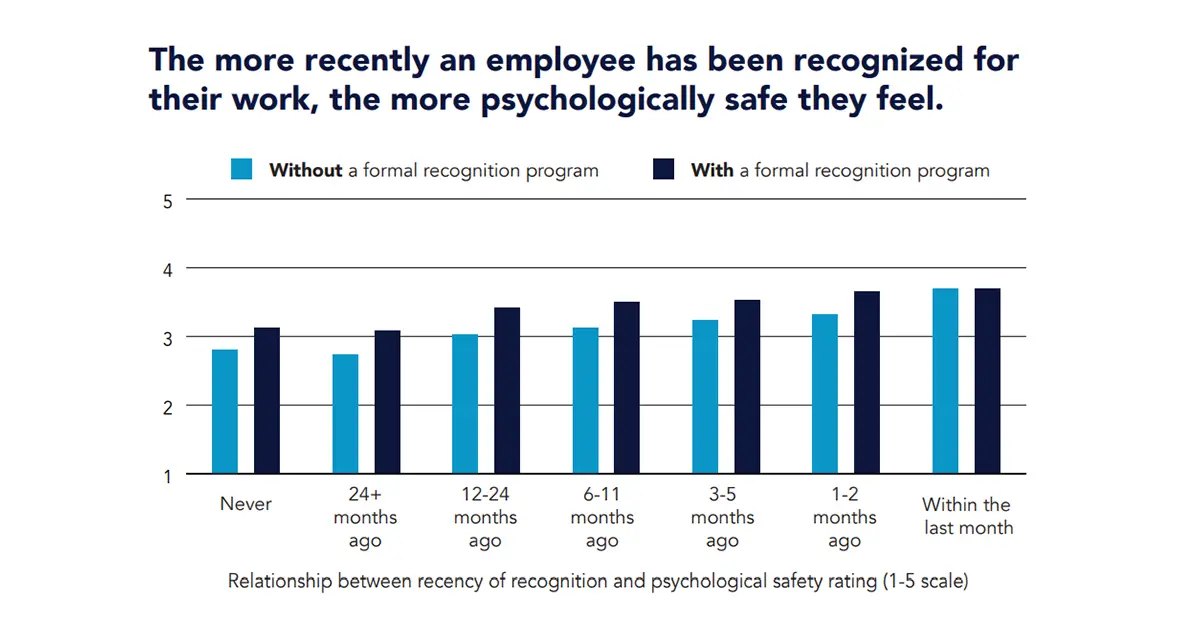Bring Your Whole Self to Work – Whatever That Means to You

When employees feel comfortable bringing their true selves to work, they're more engaged, creative, and productive. Research suggests this translates to big benefits for employers too, from a boost in morale to a stronger company culture.
But what exactly does “bring your whole self to work” mean? It's a popular concept, but it can feel vague. Today, we’ll explore what it means, why it matters, and how employers can create a workplace where everyone feels empowered to be themselves.
What does it mean to bring your whole self to work?
Bringing your whole self to work isn’t about oversharing or unprofessionalism. Instead, it’s about authenticity and feeling comfortable expressing your unique strengths and interests while still maintaining professional boundaries. Let’s look at an example.
Dana is a programmer with a quiet demeanor who enjoys solving complex coding challenges. He likes collaborating with colleagues but keeps his personal life mostly private. While he might occasionally mention his love for hiking, he wouldn't share details about his upcoming solo backpacking trip.
Dana demonstrates his whole self through his work ethic and problem-solving skills while maintaining a respectful boundary around his life outside of work.
Not everyone will feel comfortable bringing their whole, authentic self to work. Members of underrepresented groups often have a heightened sense of caution when it comes to bringing their whole selves to work. Historically and systematically, they may have faced repercussions or exclusion for being open.
Beyond these factors, a lack of psychological safety, unclear boundaries, or a toxic workplace culture can also make anyone hesitant to share their true self.
Download our exclusive report on how to build psychological safety.
Like Dana, some people may feel comfortable sharing their personal lives but choose not to. That’s OK – showing up as your whole self should be seen as an addition or bonus and not mandatory. It’s up to each individual to decide what and how much they want to reveal to their colleagues.
Those who choose to share less shouldn’t be punished or held at a disadvantage. An employee’s work won’t suffer if they don’t choose to disclose what is going on in their personal life.
In concept, encouraging your employees to bring their whole selves to work sounds like an easy and free way for workplaces to encourage diversity. However, employers should be aware that without a true commitment from leadership and the organization, asking employees to “bring your whole self to work” is nothing more than an empty claimOpens in a new tab.
Let’s take a look at the importance of executive participation in asking employees to bring their whole selves to the workplace.
Authenticity starts at the top
Leadership is imperative to creating a culture where employees feel comfortable bringing their “whole” selves to work. The executive leadership team must model the behaviors they’d like their organization to embody, or else employees will not feel safe or comfortable doing so.
So, what can leaders do to show up for their employees? At Workhuman Live, Mike Robbins, the author of Bring Your Whole Self to Work, spoke about the impact of the authenticity equation.
In practice, Robbins says this means being willing to have “sweaty-palmed conversations'' and encouraging others to do the same. For example, executives should admit when they don’t know something or have made a mistake (we are all imperfect human beings). Besides showing humility and humanity, admitting when you’re in the wrong helps build trust between employees and leaders.
Another way leaders can build trust and safety is by making space for transparency in communication. Robbins says this means addressing the elephant in the room as soon as possible.
Executives and leaders can focus on creating a culture that values diversity and inclusion by recognizing each employee’s individuality. In addition to feeling more connected to their colleagues and organization, recognition has been proven to boost psychological safety.

How to project your true self more effectively at work
Let your interests and strengths guide you
When possible, find ways to incorporate your strengths and passions into your work. This could mean volunteering for projects that align with your interests, suggesting new approaches that utilize your skills, or simply taking initiative in areas where you feel energized. By letting your natural talents and enthusiasm flow through your work, you'll project a more genuine and authentic version of yourself.
Discover how social support drives inclusion. Read our white paper, The Case for Belonging, for key insights and actionable steps.
Put yourself out there
Social events, the start of a video call, instant messages, and out-of-office replies – these can all be opportunities to subtly incorporate your hobbies and personality into the workplace.
During his Workhuman Live breakout session, Mike Robbins spoke about what most of us know to be true: that we waste too much time and energy worrying about what might happen. “Stop worrying” is easier said than done, though. Instead, he suggested reminding yourself that we usually don’t regret the stuff that we do; we regret the stuff we don’t do.
Lean on this advice the next time you’re looking for a push to be yourself. As you build connections and feel more comfortable with your colleagues, you'll naturally start to self-disclose more and let your true personality shine through.
Develop your emotional intelligence
Soft skills such as emotional intelligence, including empathy, self-awareness, and social skills, are essential for creating meaningful connections and embracing your true self. Learning to understand and manage your emotions effectively will build confidence that allows you to show up as your true self.
Here are some everyday ways to build your emotional intelligence:
- Notice your emotions throughout the day. Journaling or mindfulness exercises can help identify triggers and understand your reactions.
- Actively listen to colleagues, ask clarifying questions, and try to see things from their perspective.
- Express your needs and ideas assertively while respecting the feelings and viewpoints of others.
- Seek constructive criticism and use it as an opportunity to learn and grow emotionally.
- Take advantage of training on emotional intelligence, explore activities for emotional intelligence, or read books and articles to enhance your skills.
Conclusion
While fostering an open and inclusive environment is key, true cultural change starts at the top. Leaders and executives who embody authenticity by being transparent and approachable pave the way for a more genuine workplace.
Remember, you get to define what "whole" means for you. Experiment, find your comfort zone, and contribute your unique perspective. When everyone feels empowered to be genuine, the workplace becomes a richer, more vibrant environment where everyone can thrive.
About the author
Alicyn Zall
Alicyn Zall is a writer dedicated to creating a more equitable and fulfilling workplace. With a focus on actionable, data-driven insights, her work empowers individuals and organizations to foster positive change. In addition to her contribution at Workhuman, Alicyn has served as an editor at Harvard Business Review where she developed books and articles about mental health and the future of work.